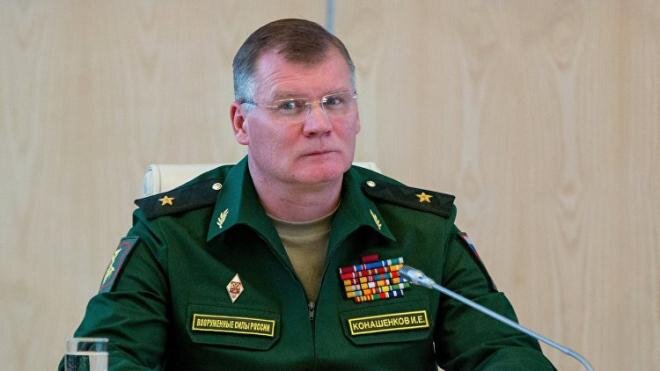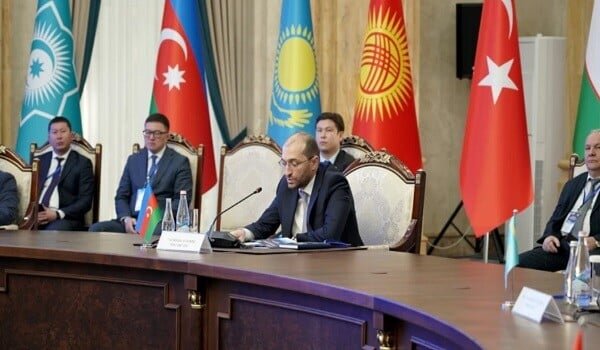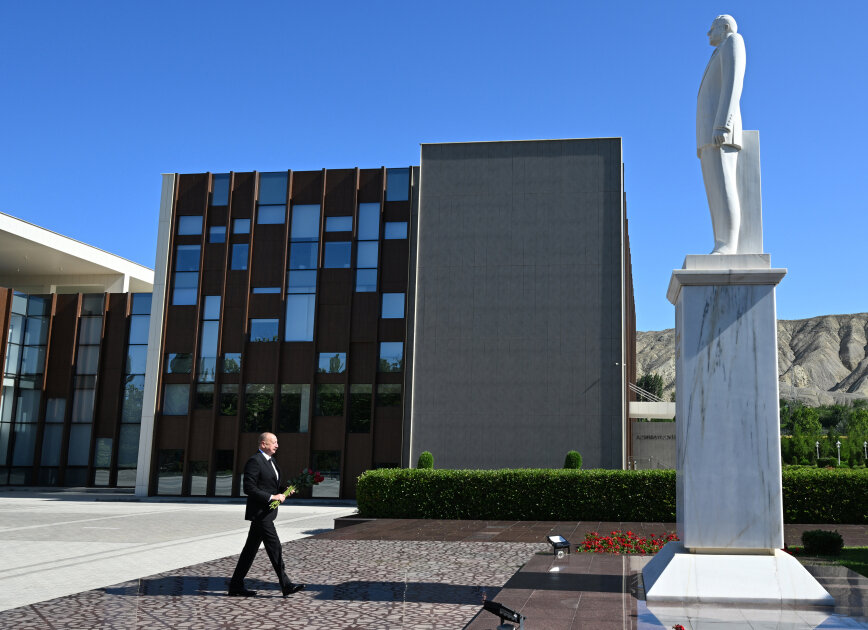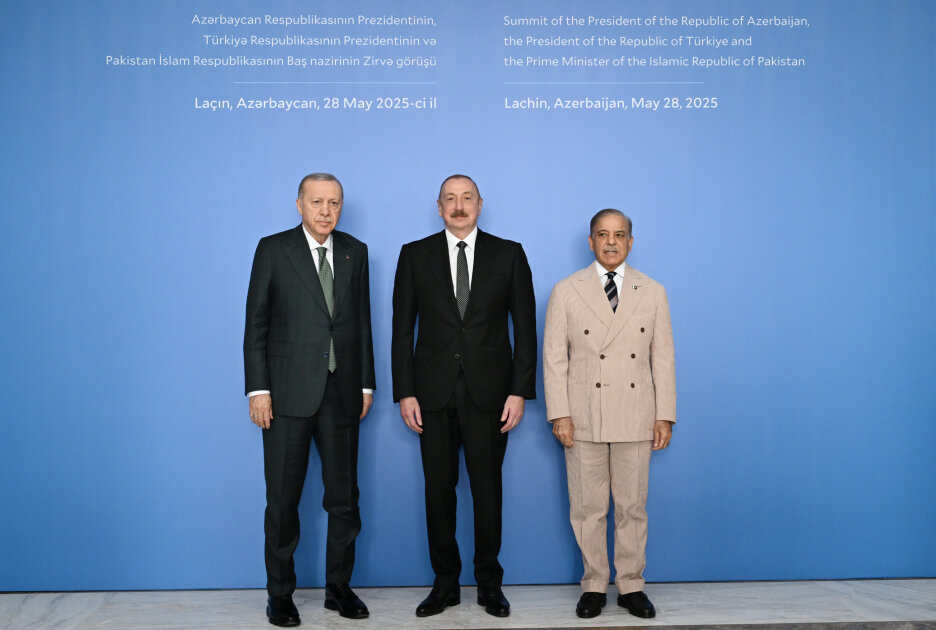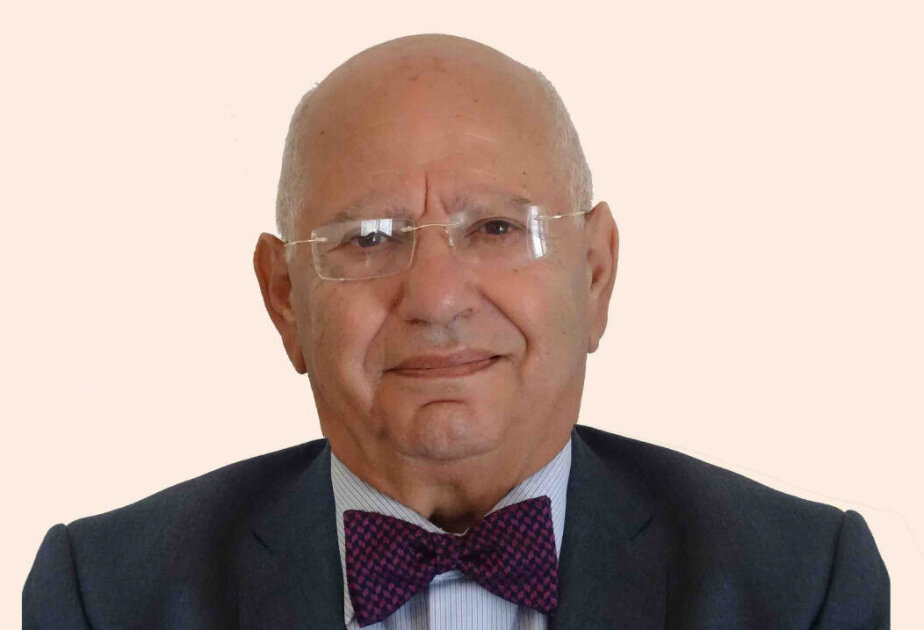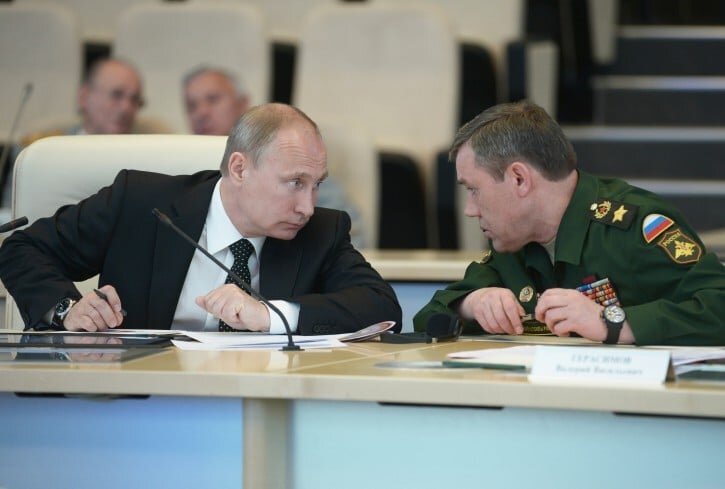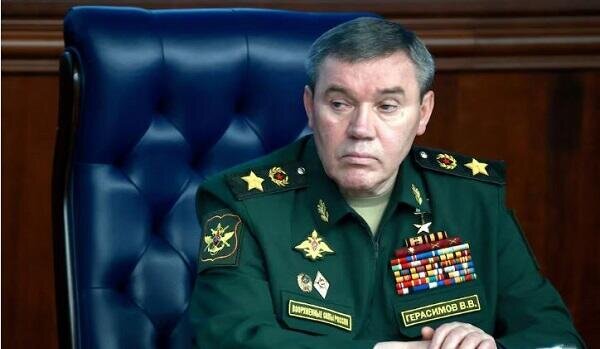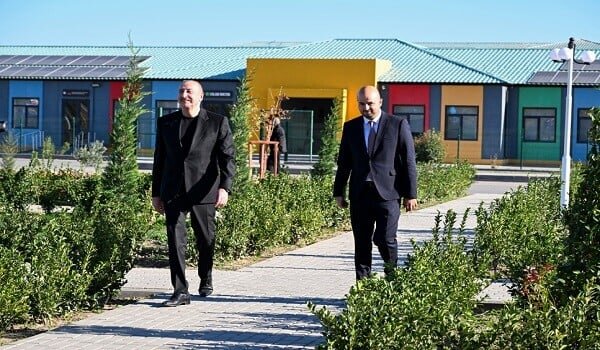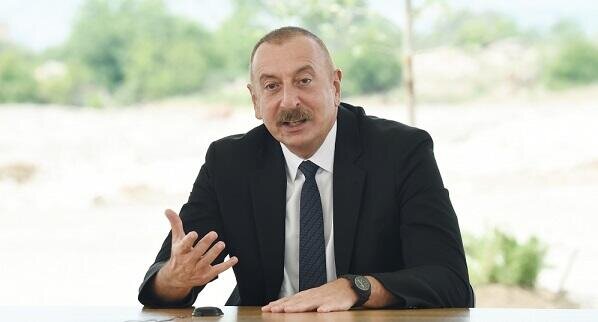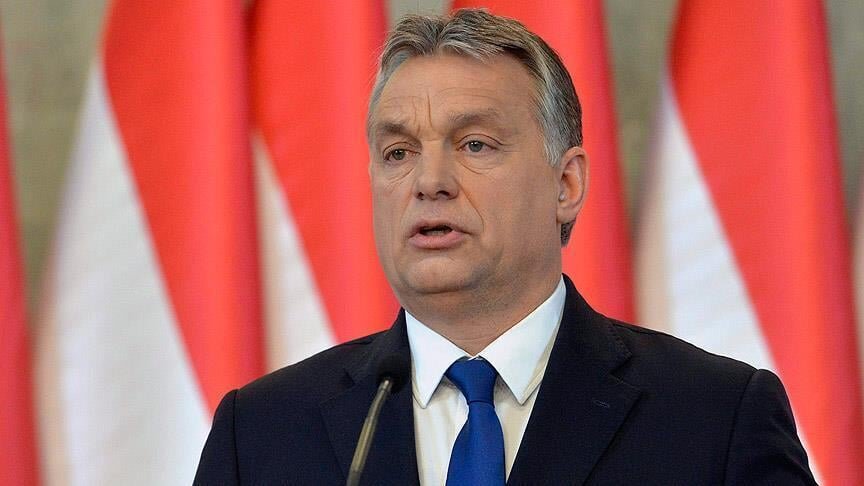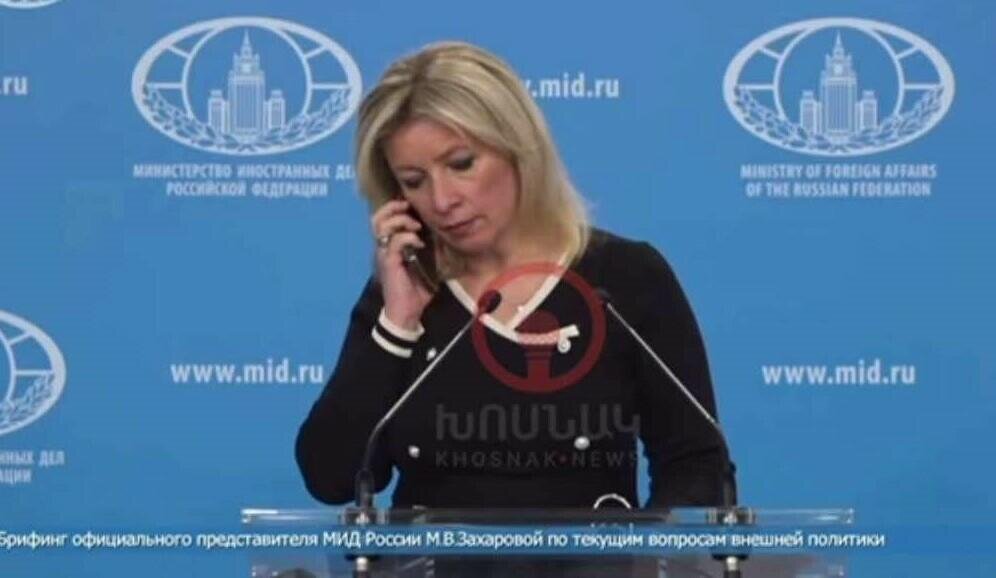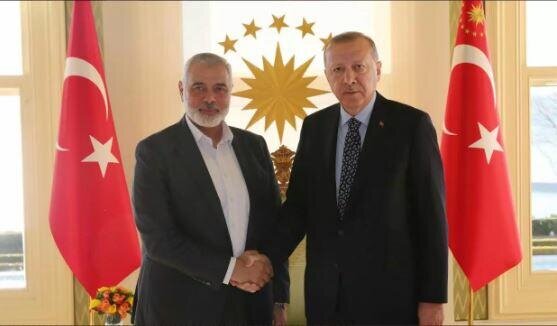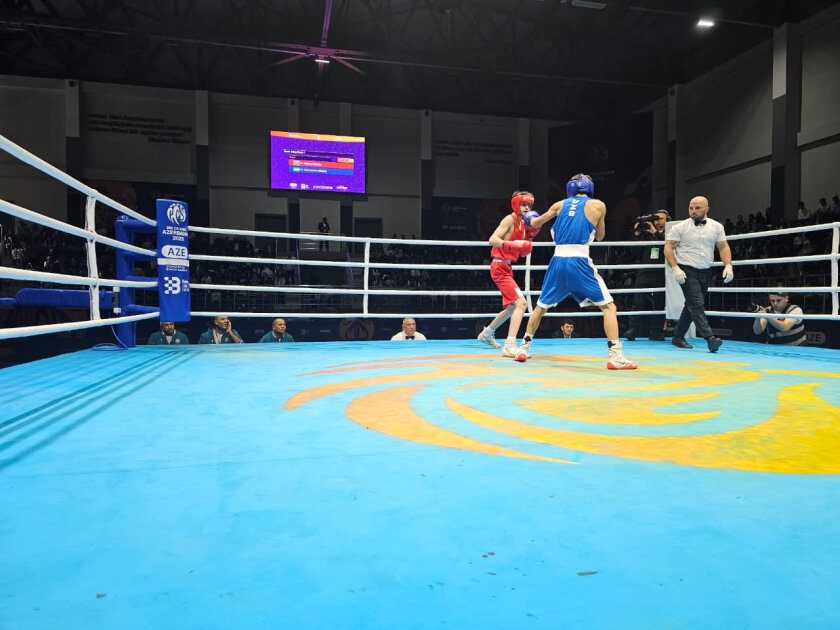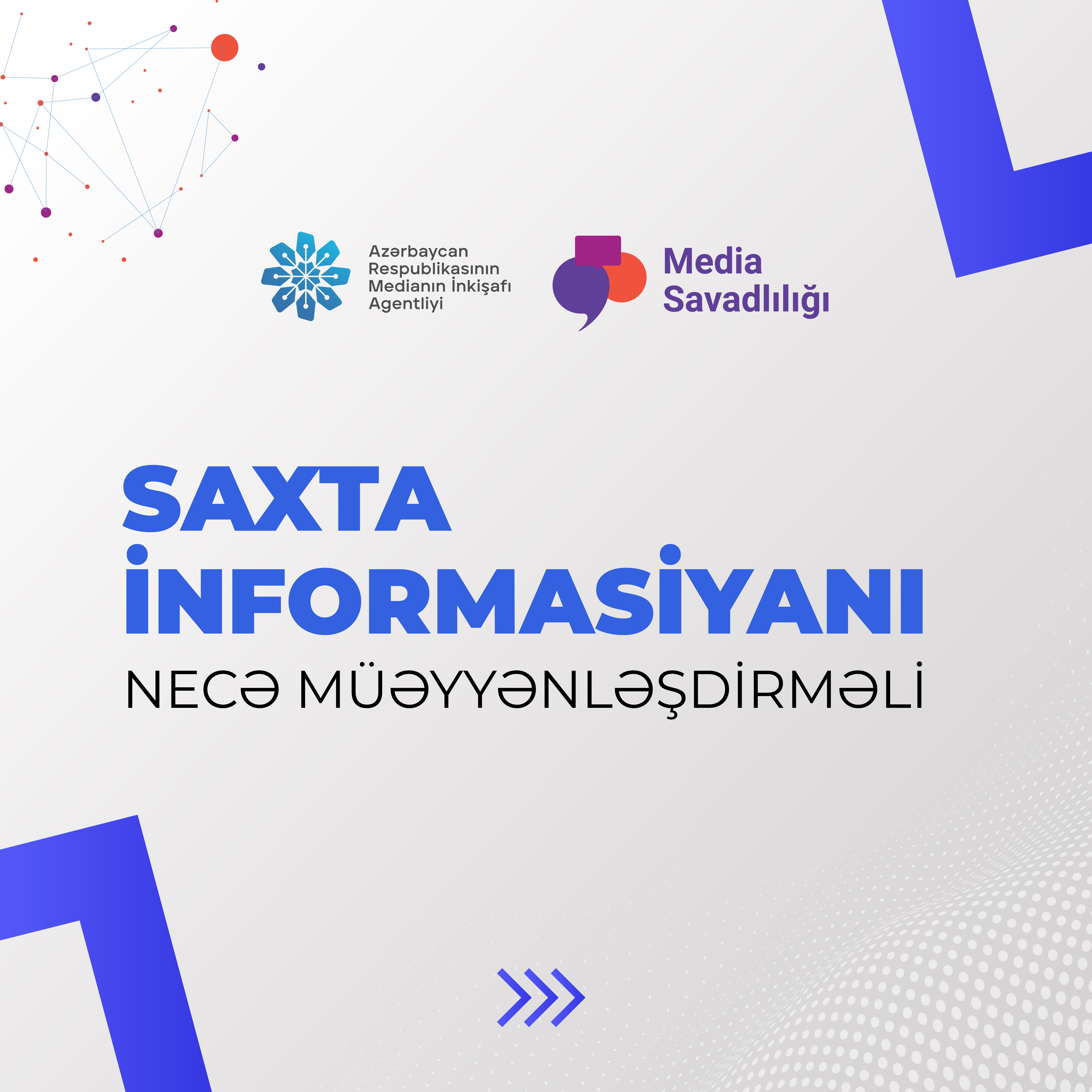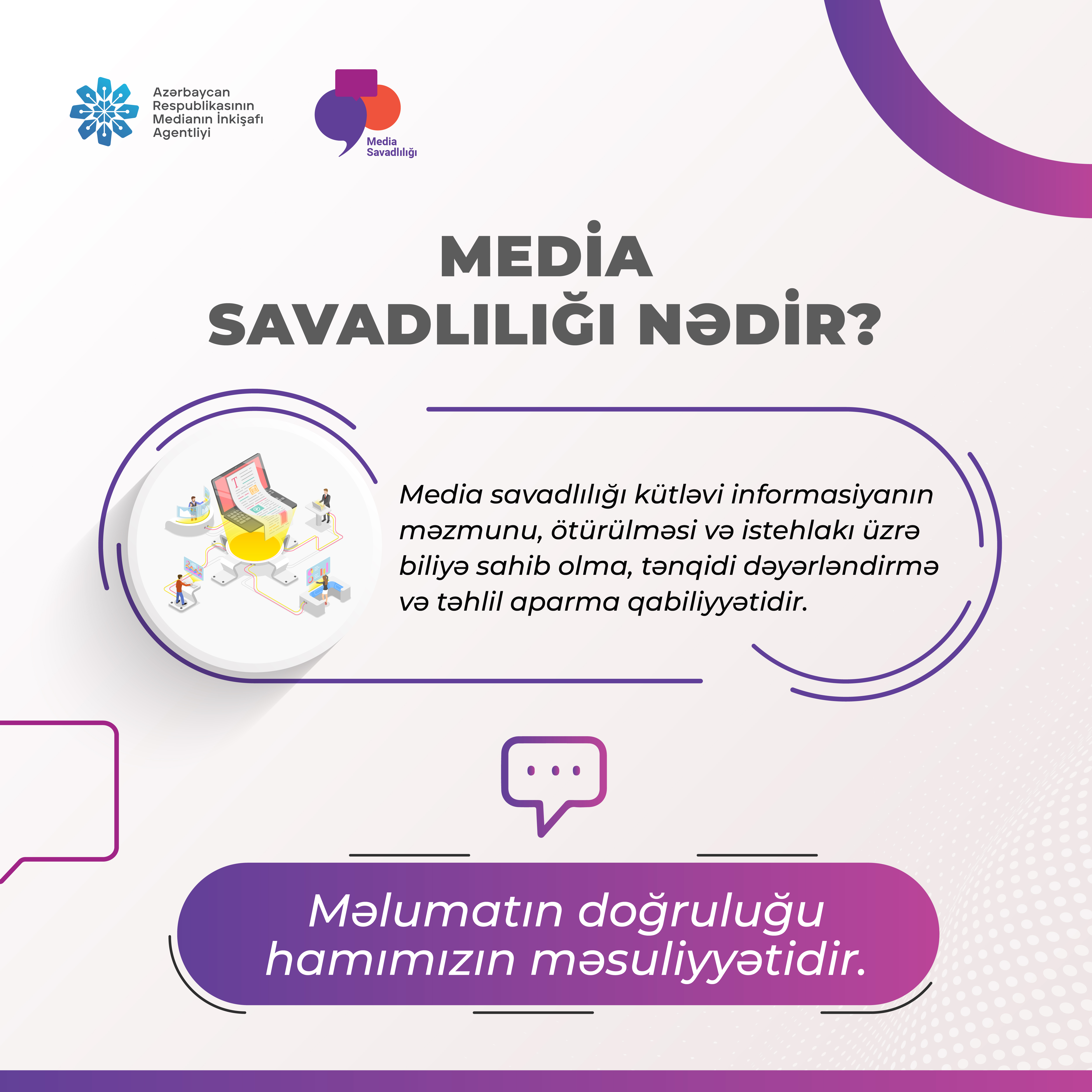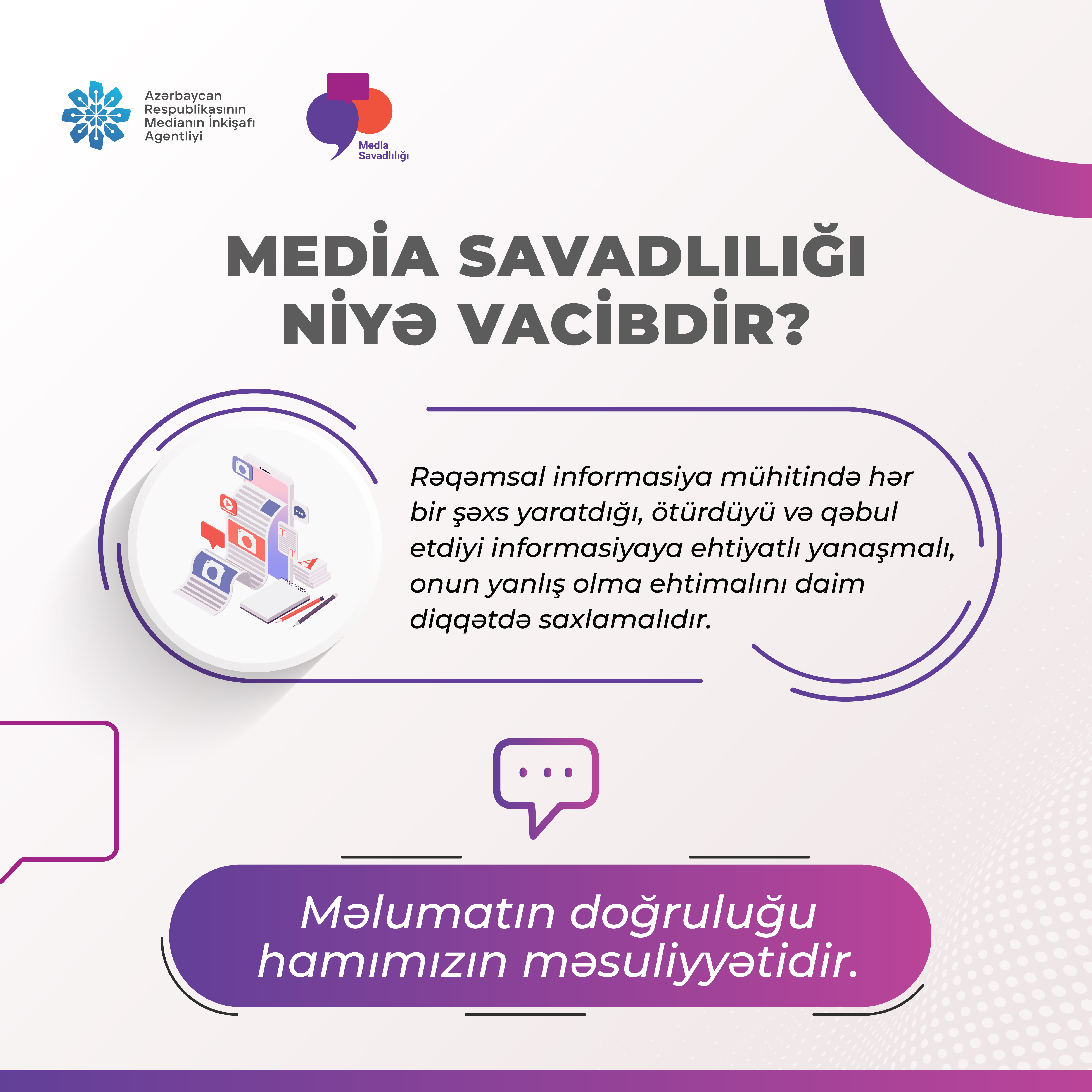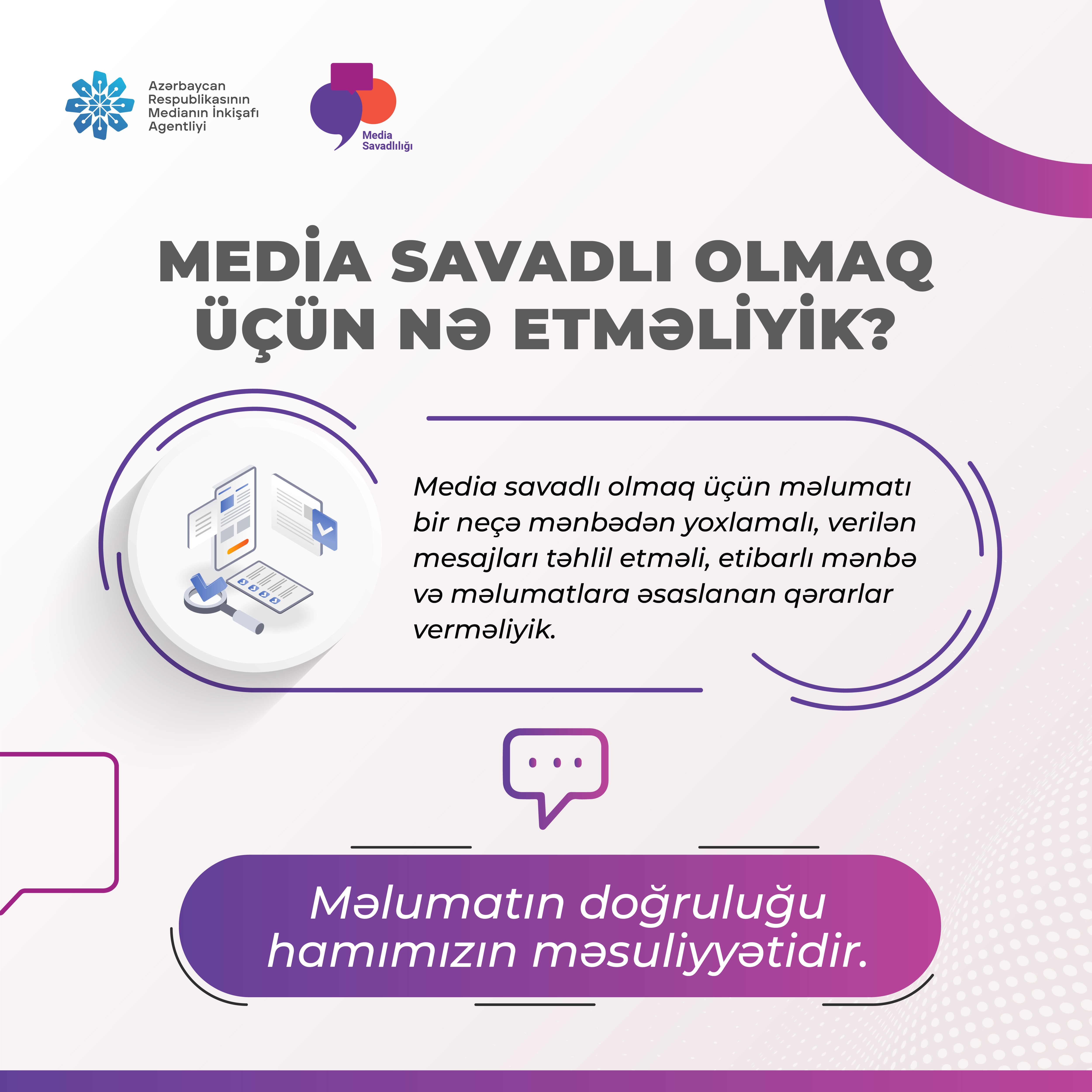Expert: Connecting Azerbaijani gas to Syria will pave the way for developing transportation projects between Baku and Damascus
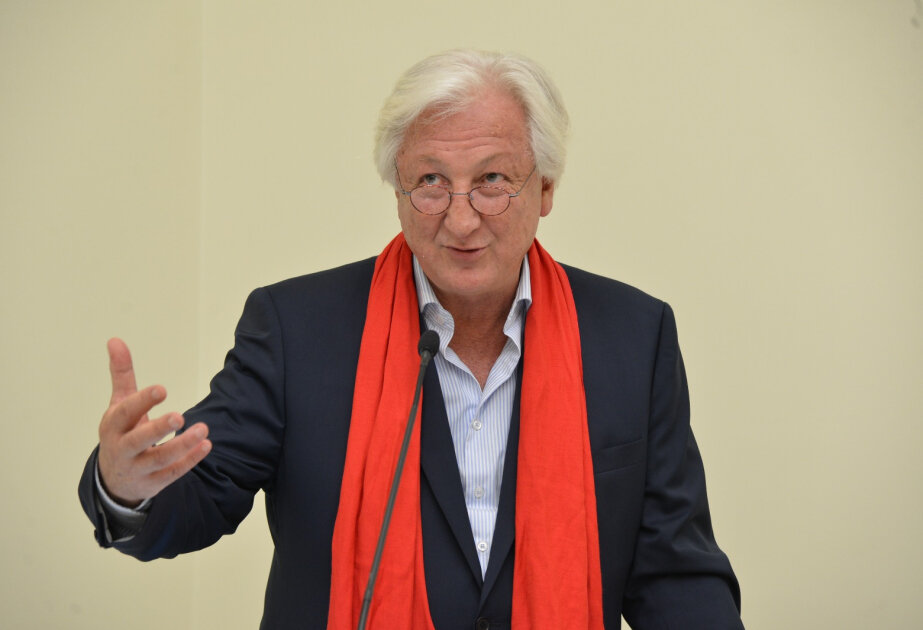 1news.media presents an interview with the Syrian economist, expert in the field of economics and post-conflict reconstruction, president of the Cercle des Economistes Arabes (Circle of Arab Economists) and UN consultant Samir Aita.
1news.media presents an interview with the Syrian economist, expert in the field of economics and post-conflict reconstruction, president of the Cercle des Economistes Arabes (Circle of Arab Economists) and UN consultant Samir Aita.
-What are your first impressions of President Ahmed al-Sharaa’s current visit to Baku: To what extent does it mark a transition from symbolic diplomacy to concrete economic cooperation? What early signals do you consider the most impressive – and what would be a logical next step?
-Syria and Azerbaijan have had diplomatic relations since 1992. It is important that the two countries restore their cooperation after the end of the long civil war in Syria and the lifting of most of the sanctions. What most marked the attention of the Syrians was that the recent visit of the interim President al-Sharaa was the occasion of Syrian-Israeli talks, presumably with the intermediation of the Azerbaijani authorities. This diplomatic event has already sparked active discussions both in regional capitals and among international analysts. A logical continuation could be the development of joint economic projects, primarily in the areas of infrastructure, energy and agriculture.
-The memorandum between SOCAR and the Syrian government is the first such document since the crisis began. Please tell us what cooperation mechanisms you see as realistic: preferential contracts, joint ventures, technical exchange? What institutions or agencies could be involved at the level of government agencies and private business?
- The MOU signed between the Syrian Ministry of Energy, the Azerbaijani Ministry of Economy and SOCAR seems in fact an effort to restore the contract signed in 2010 between the two countries for the provision of gas and technical cooperation but was blocked later by the sanctions. The new MOU has to be translated into a contract. In both countries, the oil and gas production are managed by State institutions, so the agreement needs to be between SOCAR and the Syrian Company of Gas. But there is no border between the two countries; So of course, BOTAŞ, the Turkish Petroleum Pipeline Corporation, and BP need to be involved. But I think this was made in the 2010 agreement as some Azerbaijani gas has already been provided to Syria. Also, Syria could profit from SOCAR technical assistance to rehabilitate its own oil and gas facilities damaged by the conflict.
-There are reports in the media about the upcoming export of Azerbaijani gas to Syria via Turkey (up to 1 billion m³ per year). What is important to consider at the design stage of such energy corridors: infrastructure readiness, political risks, transit regulation? What is your forecast for the timing and possible economic effects?
-The 1 billion m³ per year shall help Syria to produce the most needed electricity, which is currently provided only few hours per day. Syria used to produce up to 8 billion m³ before the conflict. Even though, the 2010 agreement talked about imports up to 1.5 m³ per year from Azerbaijan, as most of the Syrian power plants were operated on gas.
The status of the gas pipeline between Turkey and Syria, and the connection with the Syrian gas network is unknown, but I assume that the potential damages by the conflict could be repaired within few months.
-The synergy of Azerbaijani energy resources and the restoration of Syrian infrastructure is a promising direction, but it requires comprehensive coordination. What do you think such programs could look like and in what specific projects would this be most applicable?
-The connection of Azerbaijan gas to Syria is a major geopolitical issue, as the Syrian gas network is linked to the Arab gas network connecting Syria with Lebanon, Jordan, and Egypt. So, it can open the potential for Azerbaijan gas exports to all these countries, all of which need gas for producing electricity.
This energy link will also pave the way to rail and road transportation projects between the two countries, which can give access of Azerbaijani exports to the Gulf states.
-Azerbaijan has announced plans to cooperate with Syria not only in energy, but also in agriculture, transport, education and IT. Which of these areas are the most promising in terms of the Syrian economy and investment climate, and which of them can really lead to large-scale growth in the next 3-5 years?
- In my opinion, the quickest growth could come from cooperation in agriculture. Syria and Azerbaijan have similar climate and land characteristics and grow similar crops. However, the Syrian agricultural sector, with its irrigation infrastructures, has largely suffered from the sanctions and the conflict. Syria could profit from Azerbaijan programs and technical support for the recovery of this sector. The IT (smart cities, telecom, etc.) and higher education (exchange of students, etc.) sectors have also high potential, as well as the participation of the Azerbaijani construction firms to rebuilding roads, housing, hospitals, and public infrastructure in Syria.
-Syria's experience in restoring territories could be useful to Azerbaijan, and in return, Syrian specialists could receive contracts. What formats do you think could form the basis for this cooperation, and do Syrian companies or experts have real potential to enter such markets?
-The Syrian agriculture and land restoration experts have fled the country because of the conflict or are still in Syria working with very low salaries. The two countries could build a mechanism of exchange that can attract back these experts for mutual profit. Also, there was a UN sponsored institution in Syria, named ICARDA, who used to develop unique varieties of seeds. Syria and Azerbaijan could work together, and with the UN to revitalize this institution quickly for mutual profit. The State institutions of the two countries could cooperate on developing new irrigation techniques, fertilizers, better crops, and agricultural exports. The private sectors could create joint ventures for food processing.
-Could the agreement with SOCAR and the implementation of the gas pipeline through Turkey be the first step towards Syria's full return to economic integration - for example, in aggregators, financial cooperation, global capital markets? What signals could this give to the international community?
-The agreement with SOCAR is important to restore the production and the provision of electricity in Syria for the economic recovery of the country after long years of conflict. Full time provision of electricity at reasonable pricing will encourage Syrian industries that fled the country to Egypt or Turkey to return. This return shall constitute the major sign to global markets. This agreement could become the basis for launching new investment processes and restoring trust on the part of international financial institutions. In addition, the successful implementation of such projects will demonstrate that Syria is capable of integrating into regional economic initiatives in practice, and not just at the level of declarations.
-Given new trends – digitalization, green energy, sustainable transport – where would you propose to lay the foundations for long-term cooperation within the framework of joint funds, platforms or clusters between Azerbaijan and Syria? What financing mechanisms and institutional design could make these initiatives sustainable and independent of short-term political conjuncture?
-To recover from the impact of the sanctions and conflict, all these subjects - digitalization, green energy, sustainable transport – are important. The most compelling subject is sustainable transportation as it is linked with the issue of regional development and reconstruction, essential for solving the huge problem that Syria is facing for the return of the displaced and refugees in neighboring countries. International grants are available in my opinion available for this target, as well as loans from international financial institutions, such as the Gulf countries Funds. However, this needs planning and social engagement, which could be worked out with the World Bank or UN institutions, such as UN-Habitat.

